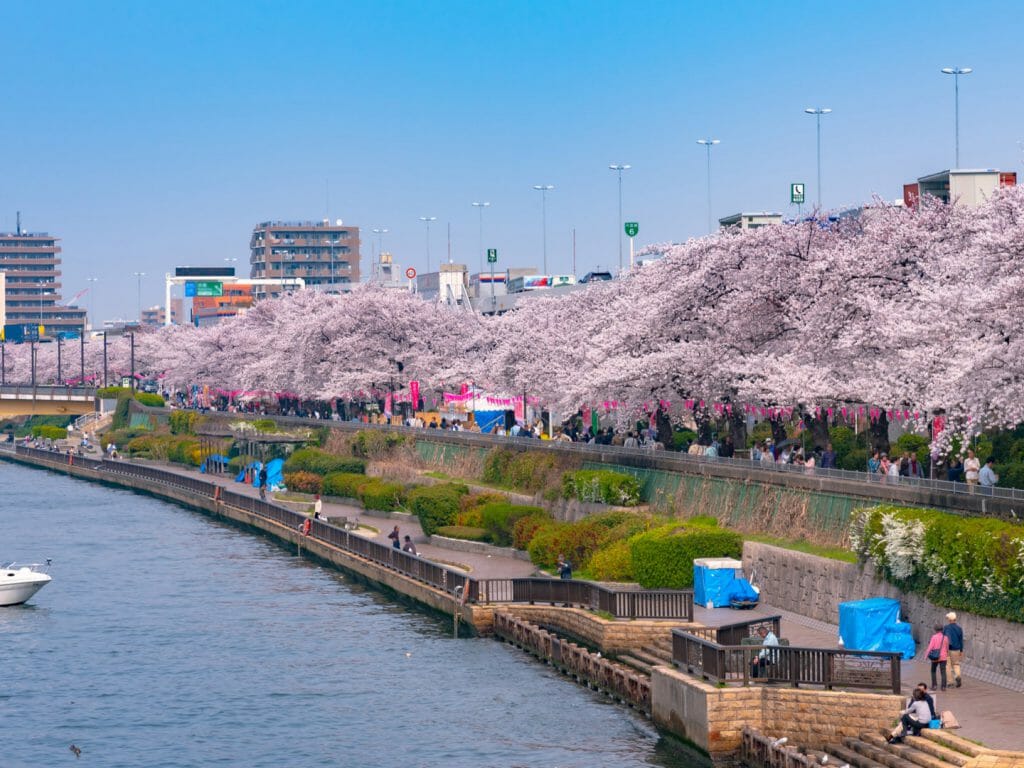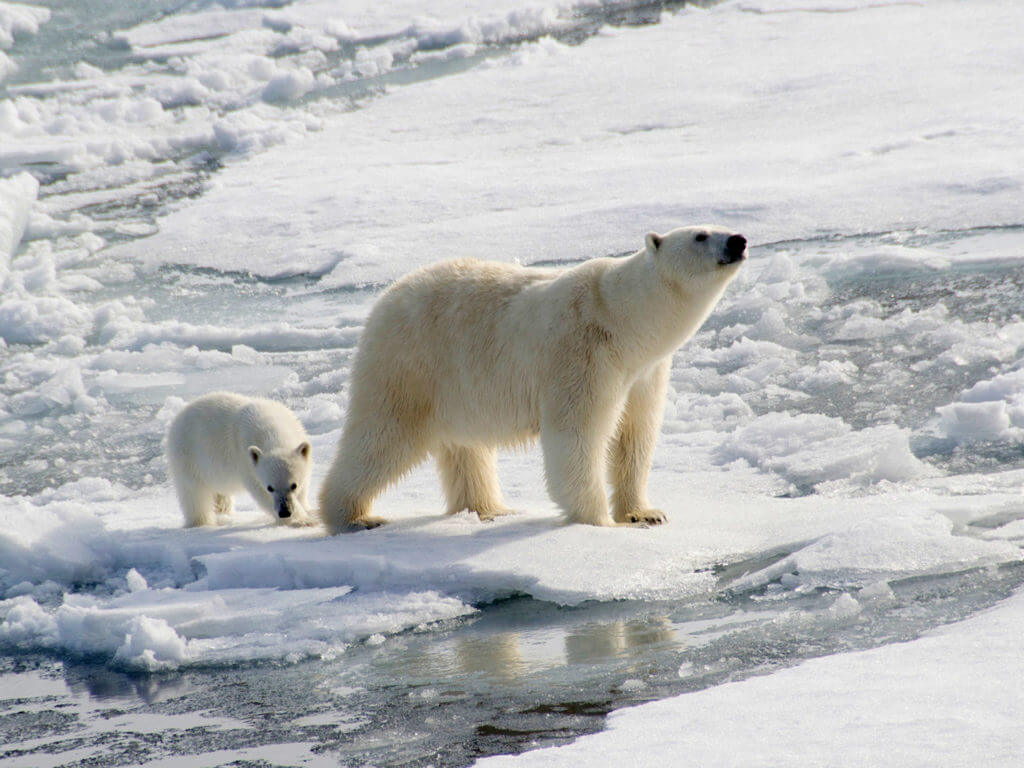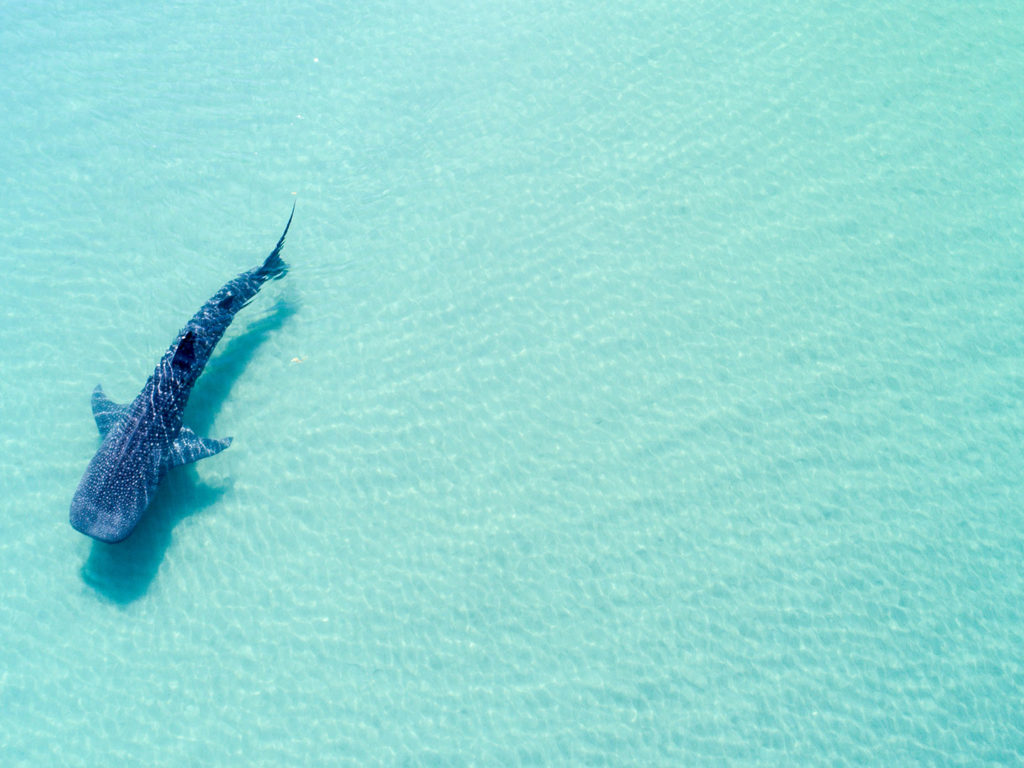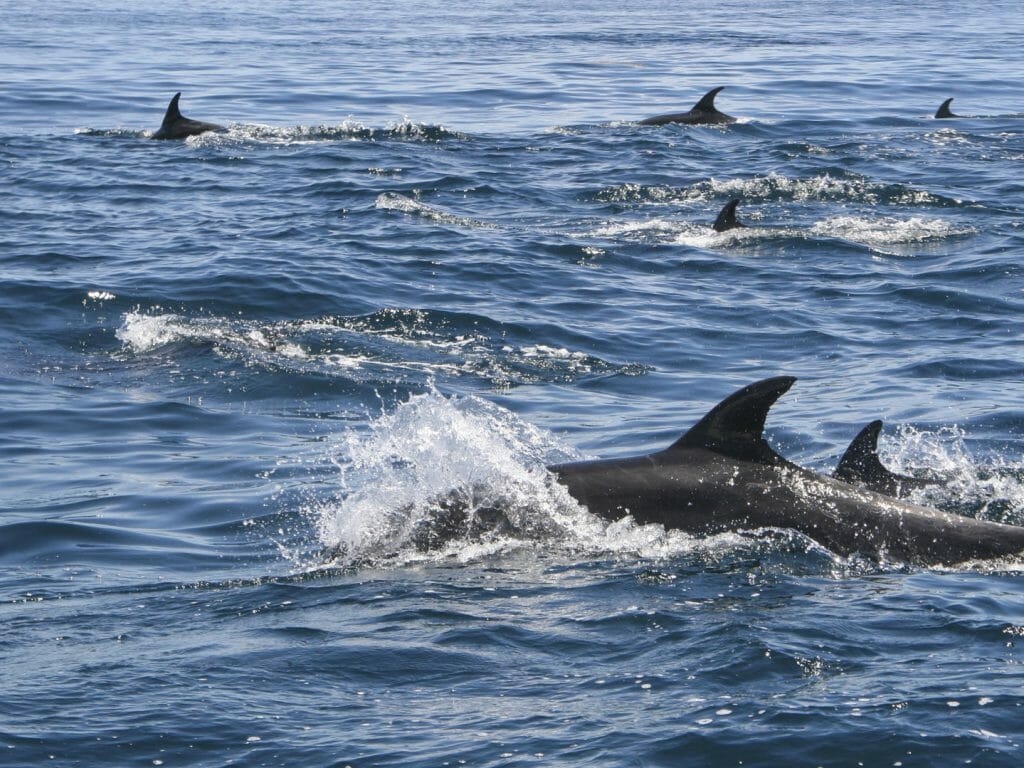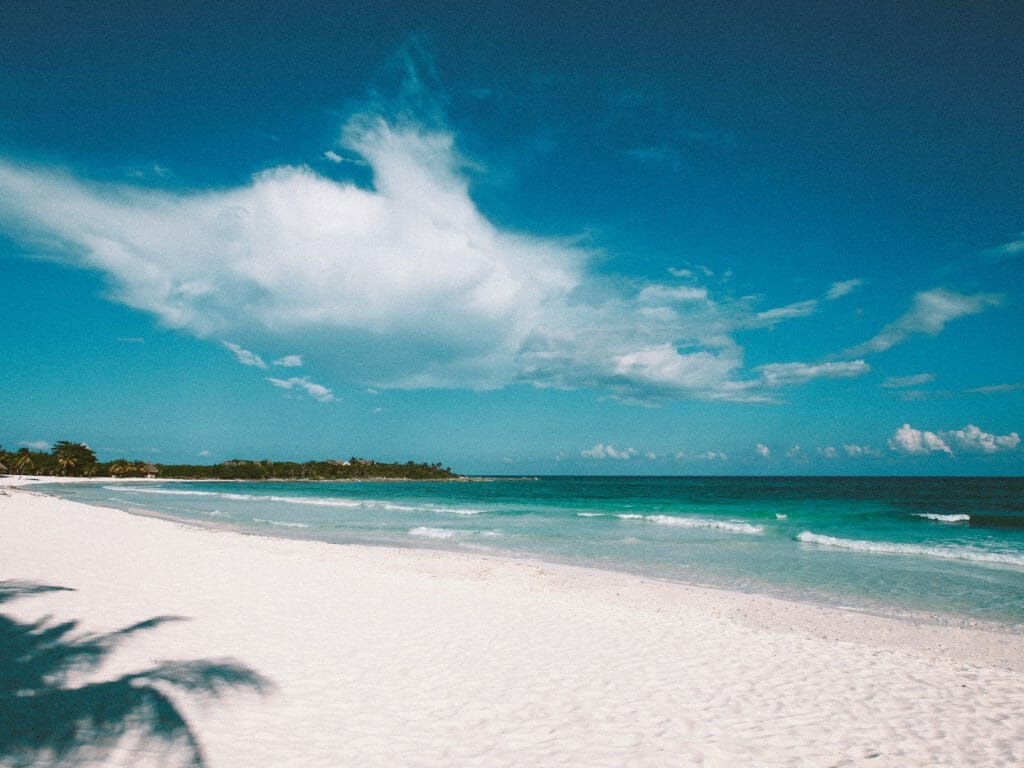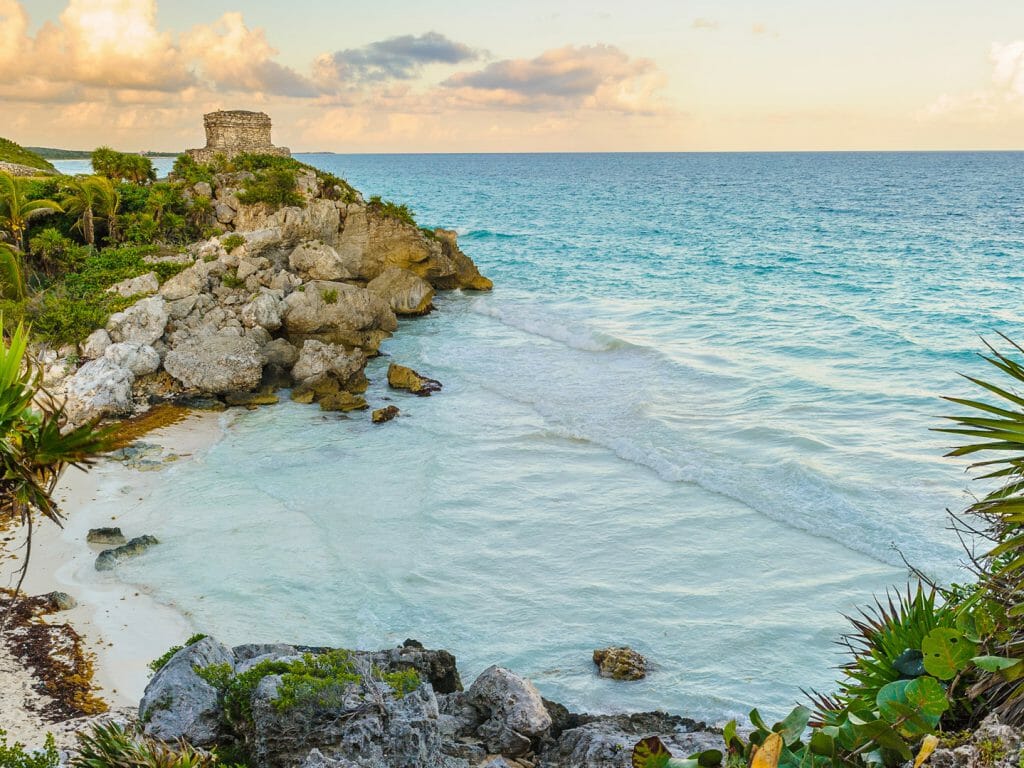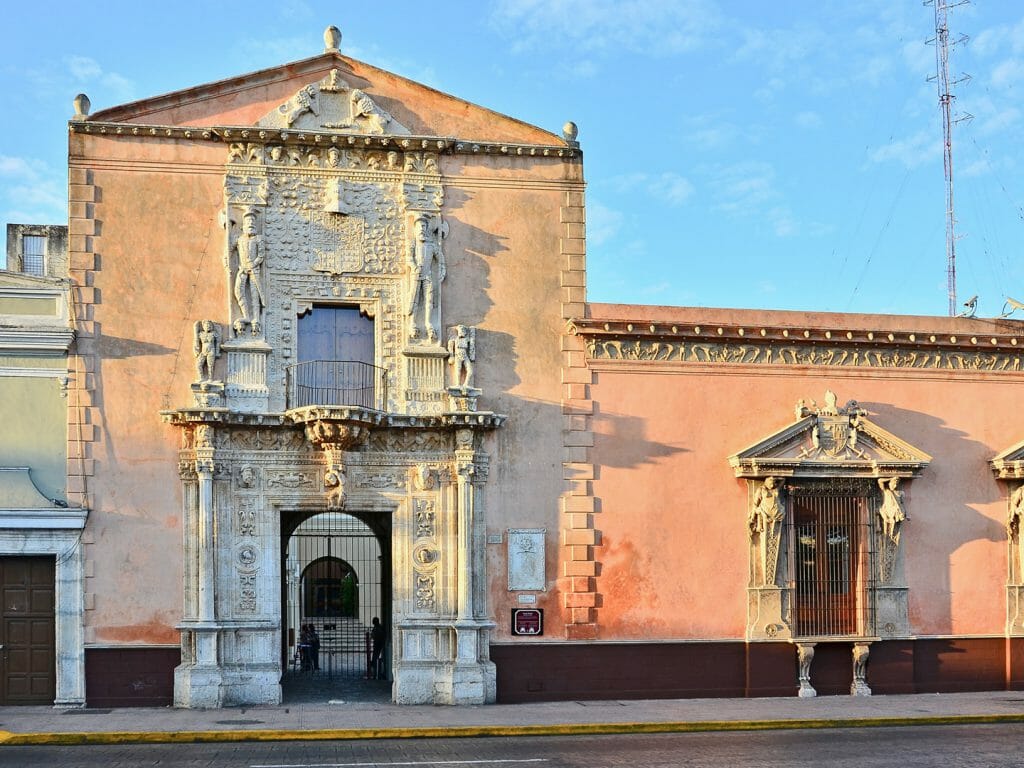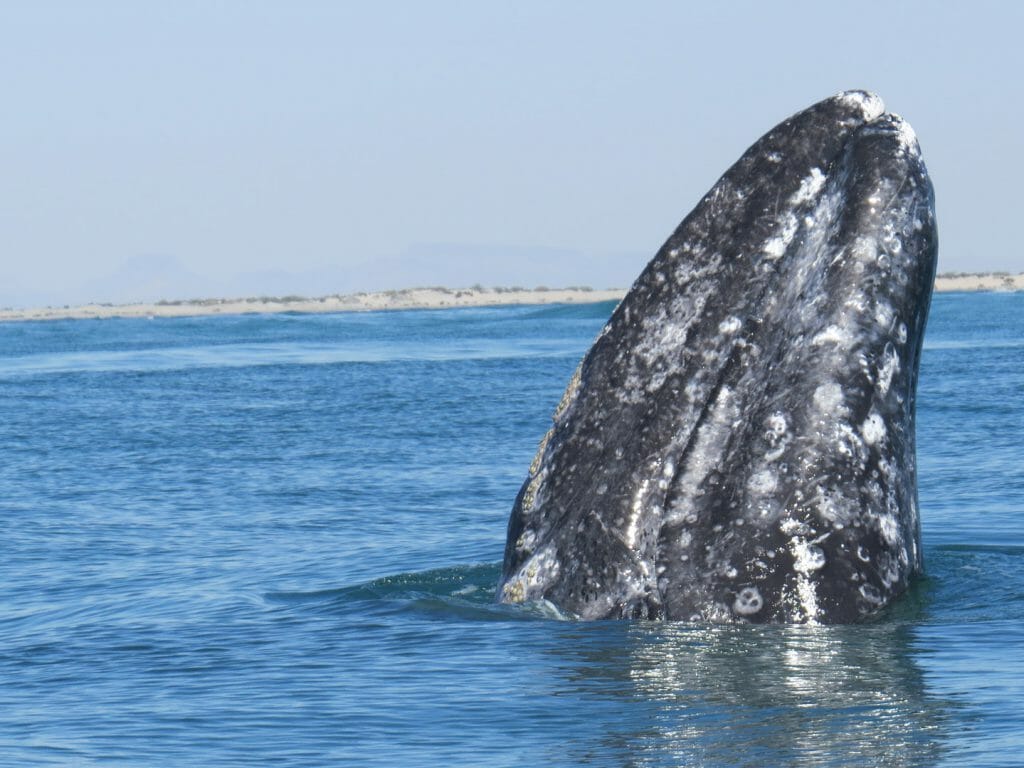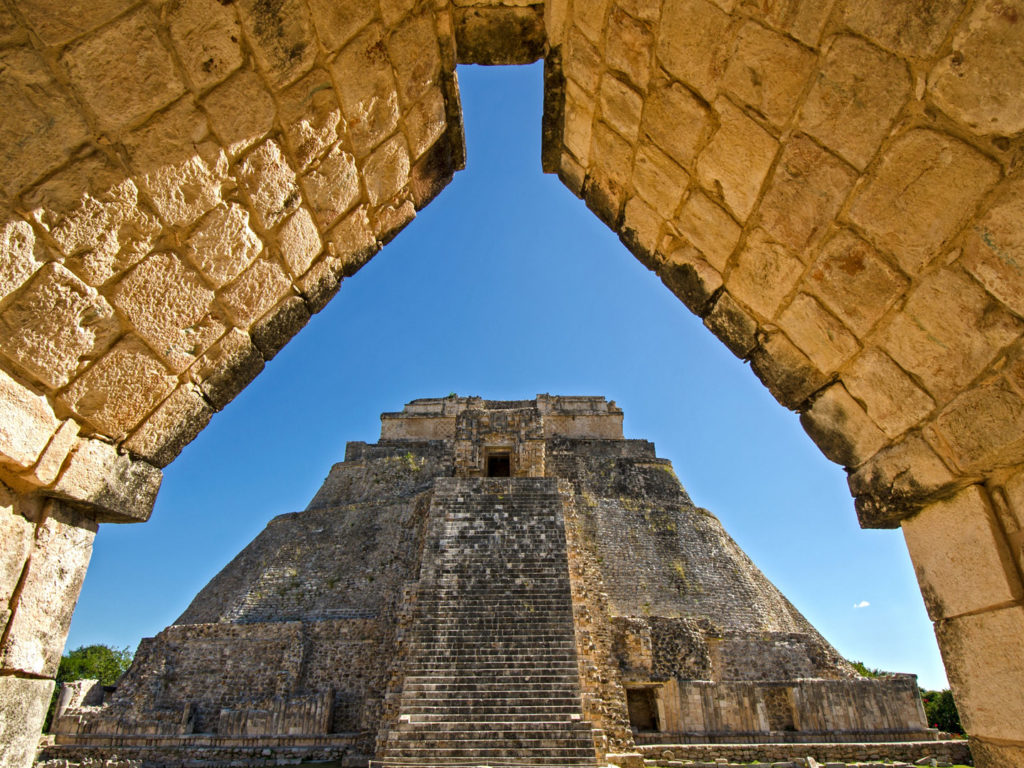It’s not just in the USA that everything is bigger.
Its southern neighbour, Mexico, also does things on a grand scale albeit its nomenclature is a little more modest than in America. A key example is the Copper Canyon, arguably the deepest and largest network of canyons in the world.
“It’s the same size as Switzerland.”
I looked incredulously at Gustavo, my guide. Surely he was wrong.
“How big is that in square kilometres?” I questioned as if I knew better.
“About 65,000 square kilometres,” he said matter-of-factly.
I shook my head in disbelief. Not only was I unable to comprehend the staggering size and depth of the Copper Canyon in front of me but now Gustavo was challenging me further by saying that Copper Canyon refers not just to this single canyon but a series of more than twenty spectacular canyons that comprise a region that’s four times larger than the Grand Canyon in Arizona. Added to this, several of the canyons are much deeper than the Grand Canyon. The Copper Canyon itself is 1760 metres deep, whilst Sinforosa Canyon is 1800 metres deep and Urique the deepest at 1870 metres. In comparison, the Grand Canyon in the USA has a depth of 1480 metres. If it were in America this staggering series of canyons would certainly be more extrovert and extravagant in title.
The name Copper Canyon, which was misleadingly named by the Spanish who mistook the greenish-glow of lichen for copper as they traipsed through the area, does not do justice to the region but selfishly means that it is a well-kept secret and only visited by a few. We and a handful of other tourists were the only ones to board the train the Chihuahua-Pacific Railway at El Fuerte. A 130 kilometre train ride that would see us gain 1,600 metres in altitude and snake through a series of tunnels, bridges and valleys. It is not just scenic but one of the most fascinating and awe-inspiring train journeys in the world.
We stopped at Bauhichivo station, no one else disembarked, the train pulled out and we headed off to Cerocahui. Here we were able to go for walks in the pine forests, the wind soughing in the trees around us, go horse riding and look out over and marvel at the Urique Canyon. We did this with no one else around. How special is that?
The next day we rejoined the train and a couple of hours later and six hundred metres higher we were in the Copper Canyon. The region is home to one of Mexico’s largest groups of indigenous people, the Rarámuri. Better known as the Tarahumara, they retreated to the high sierras and canyons such as Copper Canyon on the arrival of Spanish explorers in the 16th century. Theirs is a hard life – then and now – many living in caves in the steep faces of the canyon. The women, dressed in colourful garb, sell baskets, their faces quietly and patiently looking up at me in the silent hope of a sale. I didn’t see any men – maybe they were all running. The Tarahumara are renowned for their long-distance running ability.
I would be misleading you if I was to leave you with the impression that the Copper Canyon was just about outstanding natural beauty and a hardy indigenous people whose way of life has changed little over the centuries. Change is in the air (no pun intended): there is a cable car (the third-longest in the world) and a series of zip lines, one of which is over a kilometre long. I was filled with dread, both at the thought of what they were doing to the landscape and the prospect of ‘having’ to do the zip line.
Standing up to the first zipline platform, hands sweaty and bowels constrained by a harness, I asked myself why I was doing this. Seconds
later I was whizzing out over some of the most spectacular scenery in the world at seventy kilometres per hour. Minutes later I was wanting to do it all again. Hours later I had just had one of the most adrenaline-filled and amazing experiences of my life.
If this was in the US the whole world would know about it. Thankfully it’s not and you have the chance to go and experience one of life’s more inspiring sights.


